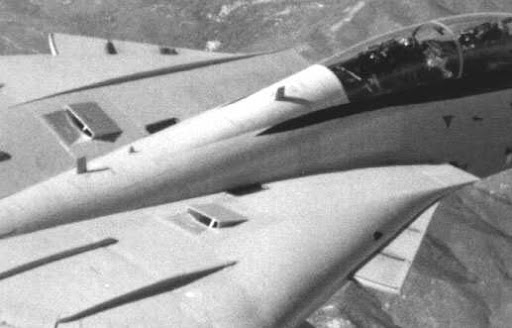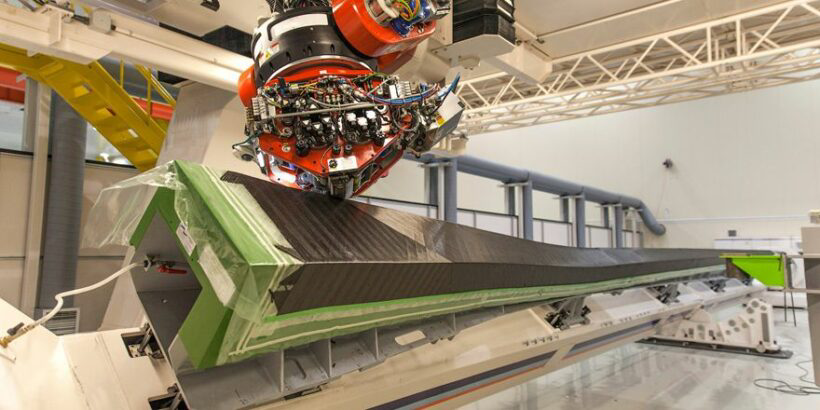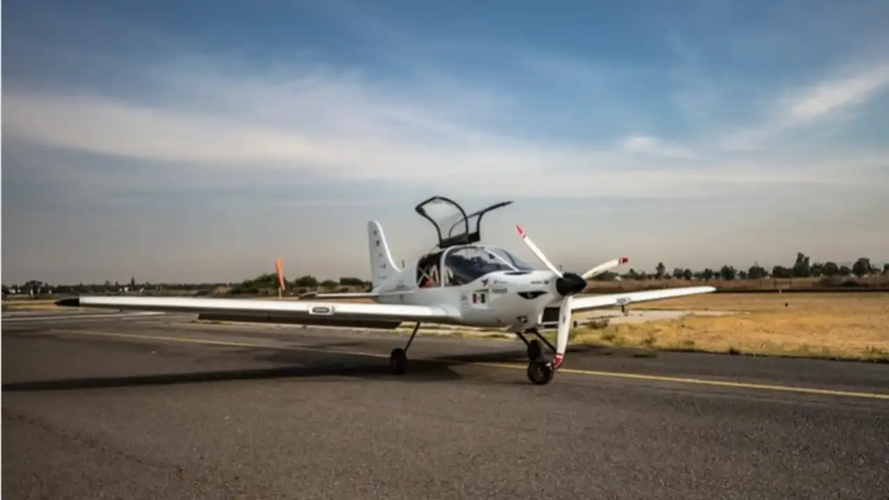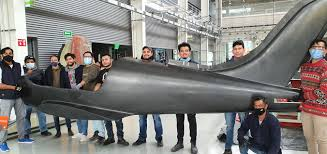Can the very thick wing root sections of the swing-wing B-1 and Tu 160, which extend to the swivel bearing, be regarded as supercritical airfoil section? If yes, you have examples of a supersonic application.
Last edited:
Maybe? I'm not sure they have quite the right shape. A supercritical airfoil isn't just an elliptical leading edge, it's a flat upper surface back a ways.Can the very thick wing root sections of the swing-wing B-1 and Tu 160, which extend to the swivel bearing, be regarded as supercritical airfoil section? If yes, you have examples of a supersonic application.
That thing's wing looks like its mother had a night out with a Handley-Page Victor.
View: https://twitter.com/BaA43A3aHY/status/1776649789003682154?s=19I was recently doing some reading on the history of the F-111 and the difficulties with the wing carry-through box structure resulting in the cold proof load testing procedure. It got me to thinking if there is any information available on what issues the Soviets encountered during the service of their VG fighters and bombers?
I'd have to presume this is one of those unforeseen types of structural failures where if GD hadn't encountered it first with the F-111 other designer would have when their VG aircraft entered service.
Apparently the F-8 SCW demonstrator was an absolute beast, test pilots had to be told to stop mugging F-14s etc.
They got rid of the variable-incidence part?It also landed at 200kts, and the 15,000ft Edwards concrete runway was too short for to land there. Maybe VG would have helped...
Supercritical profiles are great for transonic cruise, but aren't a panacea.
In life like in aerodynamics, any step in one direction means you lose another direction.I have constantly encountered this statement, and it always felt iffy to me. Is this actually true? Can anyone actually point to what advancements have reduced the need for swing-wings? I feel like, when we look at famous swing-wing aircraft (F-14, Su-25 Tu-160) we see the same patterns: T/W way less than 1, incredibly broad flight envelope from loitering, to supersonic flight and huge range.
I feel like there's no recently designed aircraft with this set of requirements, modern aircraft tended to mostly designed for either low-to medium speeds (F-35) to medium-to-high ones (F-22).
If you came up to a designer and asked him to design an aircraft today that can do all the same things an F-14 or a Tu-160 can, I doubt they could make one without swing wings. True, modern engines have better T/W than ones in the 70s, but I doubt that alone would compensate.

Aerodynamic studies are always made using some conditions, for example if they compare two canards of different swept, the rest of its features are the same, however when designing an aircraft it is a combination that will decide what set of technologies are needed to be used.I have constantly encountered this statement, and it always felt iffy to me. Is this actually true? Can anyone actually point to what advancements have reduced the need for swing-wings? I feel like, when we look at famous swing-wing aircraft (F-14, Su-25 Tu-160) we see the same patterns: T/W way less than 1, incredibly broad flight envelope from loitering, to supersonic flight and huge range.
I feel like there's no recently designed aircraft with this set of requirements, modern aircraft tended to mostly designed for either low-to medium speeds (F-35) to medium-to-high ones (F-22).
If you came up to a designer and asked him to design an aircraft today that can do all the same things an F-14 or a Tu-160 can, I doubt they could make one without swing wings. True, modern engines have better T/W than ones in the 70s, but I doubt that alone would compensate.
Tu-160 is still in production, the first question is why?

I do not know the state of Russian aerospace to claim if it is behind or ahead.Don’t want to disappoint you, but the reason is that Russia is just not able to produce anything more advanced. They never acquire domestic knowledge about large composit structures manufacturing process. Look at famous Su57 wing bolts - this make the picture of the state of Russian airplane design capabilities. They want to go stealth with PAK DA, which based on rumors was B2-esque flying wing design. But it was too much for Russia.
They are trying to play around Tu160 airframe deficiencies with new cruise missiles with 6500km range just to give it some fighting chance.
Incorrect.Don’t want to disappoint you, but the reason is that Russia is just not able to produce anything more advanced. They never acquire domestic knowledge about large composit structures manufacturing process. Look at famous Su57 wing bolts - this make the picture of the state of Russian airplane design capabilities. They want to go stealth with PAK DA, which based on rumors was B2-esque flying wing design. But it was too much for Russia.
They are trying to play around Tu160 airframe deficiencies with new cruise missiles with 6500km range just to give it some fighting chance.

Composites are not new and new aircraft can use them even from countries with relatively not so advanced aerospace technologies.Incorrect.
MS-21 wings below..
The PAK DA isn't "but it was too much for Russia".
The fact is that it is still an active programme, and info on it has gone relatively silent due, like many programmes, to the current geopolitical situation.
View attachment 735201






Thank you for supporting my case. This article is from 2019. Maiden flight of MC21 with domestic carbon wings was in 2021. Russia is in the point of creating knowledge and industrial base right now, where Boeing and Airbus commercial airframes was minimum 15 years ago and Northrop 50 years ago. Scaled Composites was founded in 1982.Incorrect.
MS-21 wings below..
The PAK DA isn't "but it was too much for Russia".
The fact is that it is still an active programme, and info on it has gone relatively silent due, like many programmes, to the current geopolitical situation.
View attachment 735201
